Hyundai Great India Drive
Each year, Hyundai’s Great India Drive remains one of our road trip highlight. So, what did we discover on this year’s drive?

Each year, one of the drives that we most look forward to is Hyundai’s signature property – the Great India Drive. And we always come back with an experience that is not just unique but a memory to savour. While we’ve loved the various destinations Hyundai India has chosen over the years – Leh, Srinagar, Statue of Unity, Kargil or even the celebrations of 50 Years of Project Tiger at Bandipur – this year’s starting point was even more special – the Rann of Kutch. One of the key factors of our love for GID – as well like to call it – is that it allows us to do detailed journeys, without being on a back-breaking schedule – a luxury that is rarely available to us in today’s hectic world.
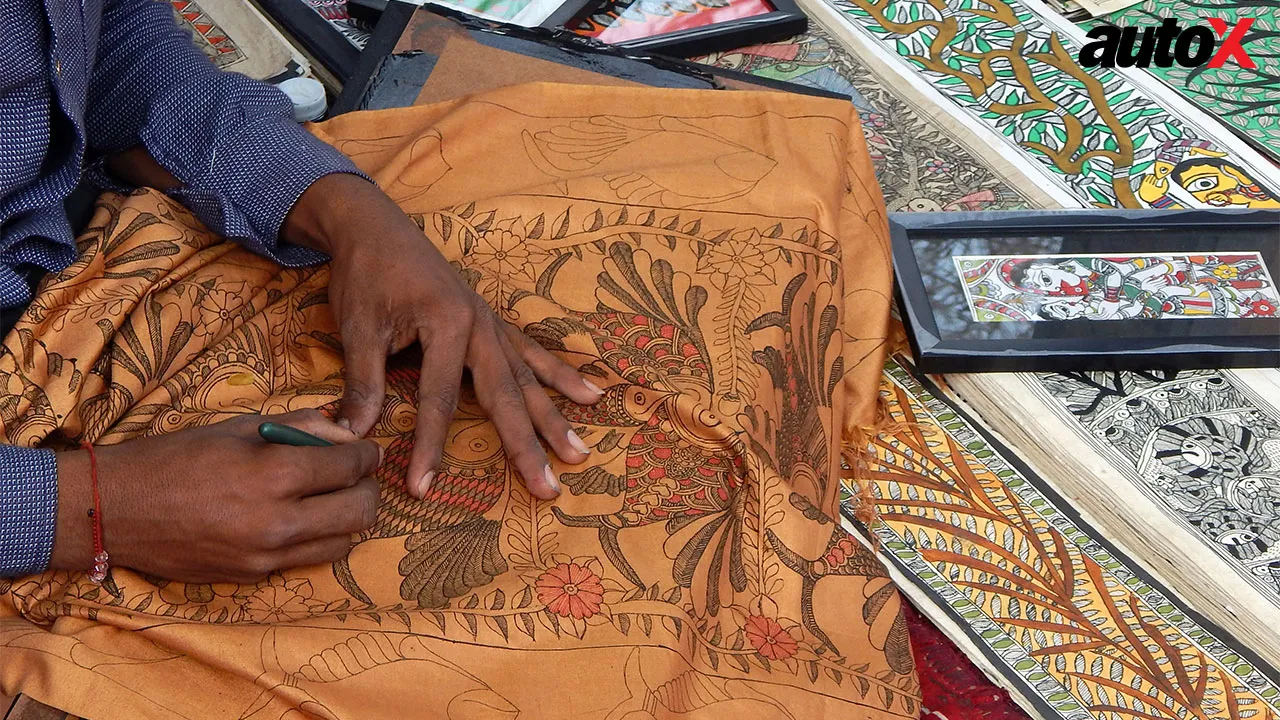
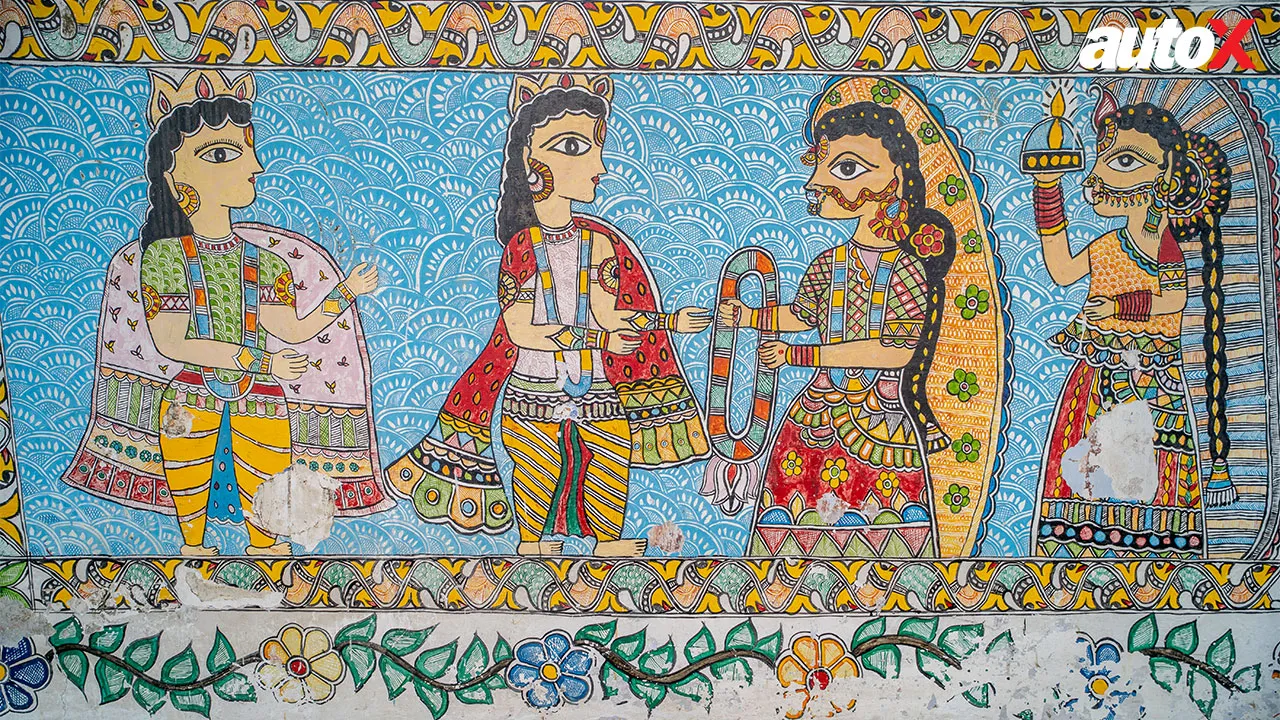
A First Time
Part of the reason this GID was even more special is that despite my travels over the years, I was never fortunate enough to make it to the Rann. And a first look at the terrain, and all the stories I’d heard about eh wonders of the Rann came true. The land is almost endless – spanning thousands of kilometres – and the terrain does actually play visual games with you. With no reference point for distance – it’s hard to gauge where the land ends and the sky starts, and the visual mirages created by the heat are something else. We were warned very clearly not to venture out on our own in the Rann, and once you visit it, it’s easy to understand why, without any visible landmarks getting lost in this cast land for days would be very, very easy to do. In fact, another funny fact about this trip was that this also marked the first time in my life that I was travelling to the state of Bihar! Being a native of neighbouring Uttar Pradesh, that indeed is a strange coincidence.
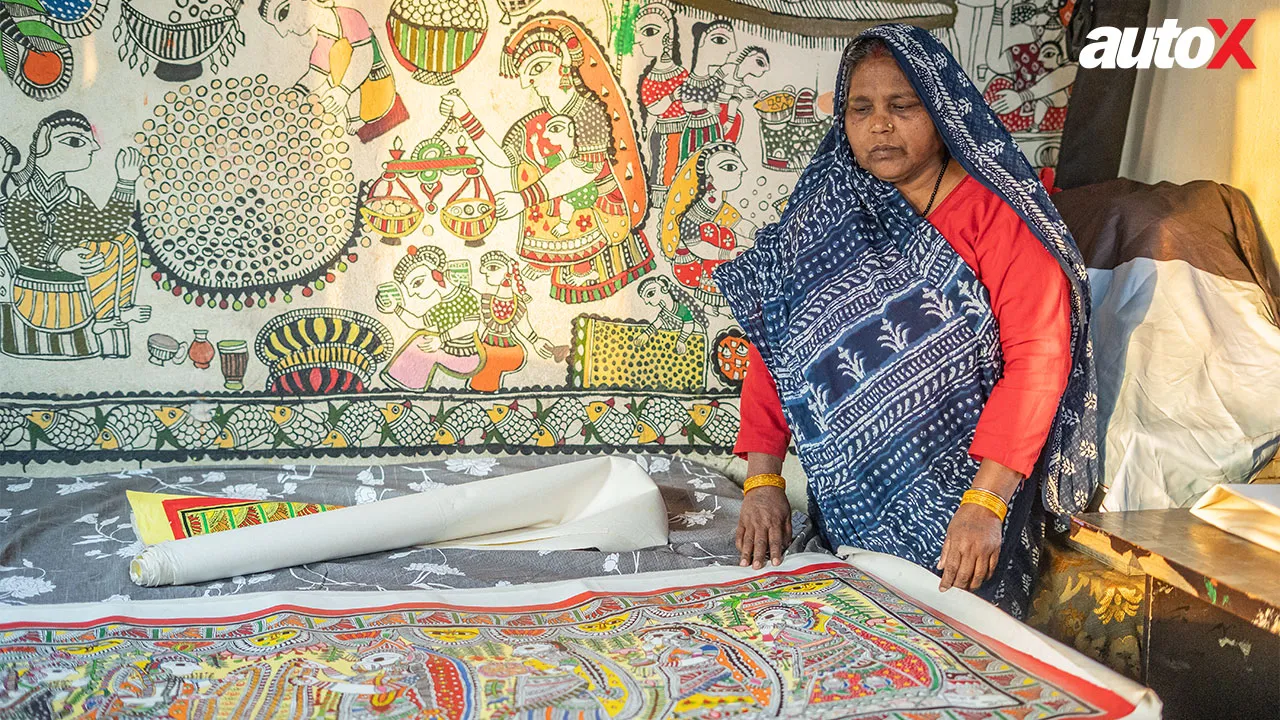
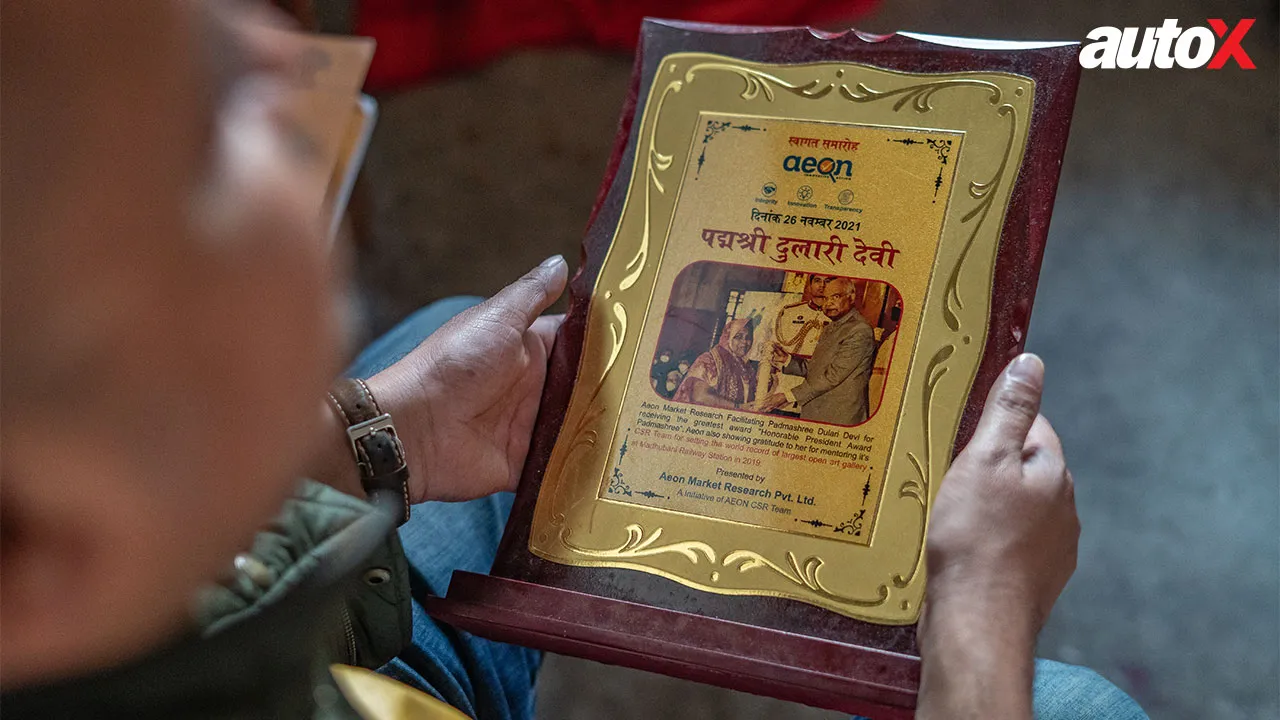
Discovering Art
Our main story though, lay much further away, in the eastern part of our country – Bihar. While Bihar is an ancient land with a rich history, the story that we were primarily focusing on was the rather famous art of Madhubani paintings.
An obvious question to ask about Madhubani paintings is that how old is the artform? Well, what we do know is that the paintings have been around for centuries. In fact, while the artform is now used in various mediums – such as paper, clothes and other materials – originally, the Madhubani paintings were actually done on mud walls. In fact, Madhubani paintings were a sort of artform that women of the villages in the region do to celebrate occasions such as marriages, childbirth etc. The modern form of Madhubani paintings that we see – on paper and other materials – started around the late 1960’s where art experts from Europe and America got to know about the artform and encouraged its expansion. Another change that has happened to the artform is that originally Madhubani paintings were made using natural colours made from flowers and plants. However, as their appeal and demand has gone up, not the paintings are usually made out of synthetic colours and materials.
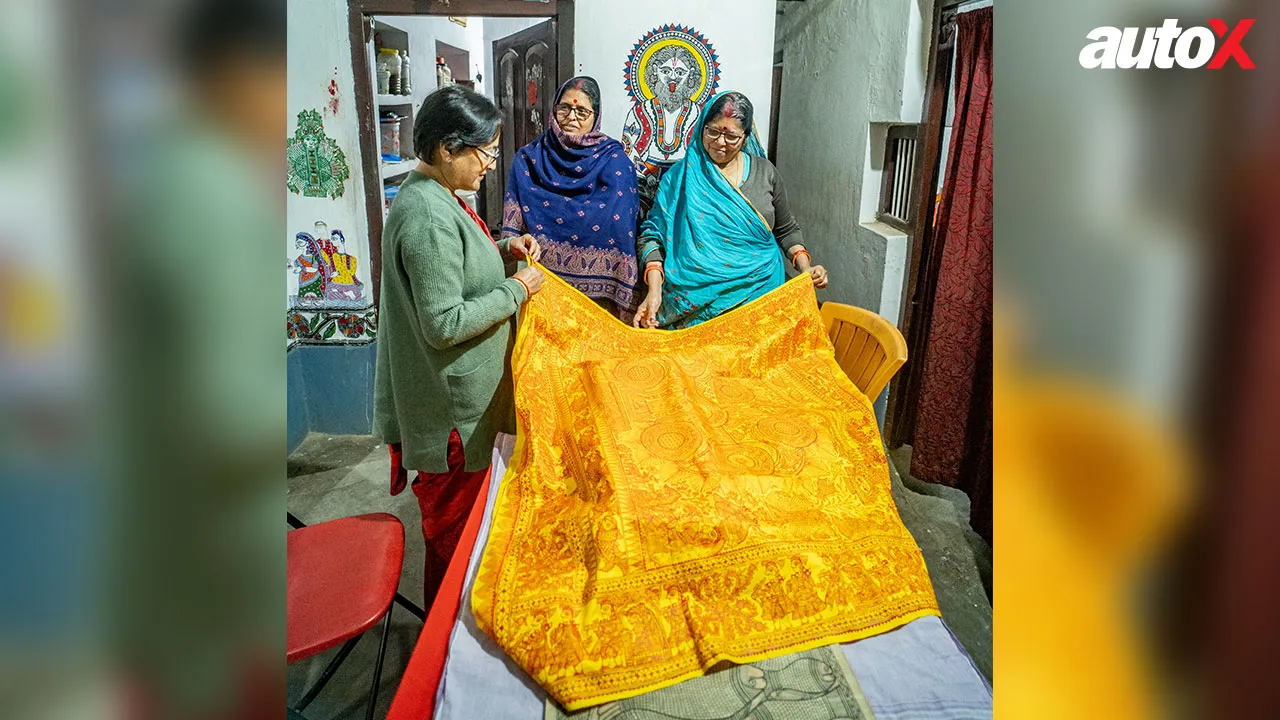
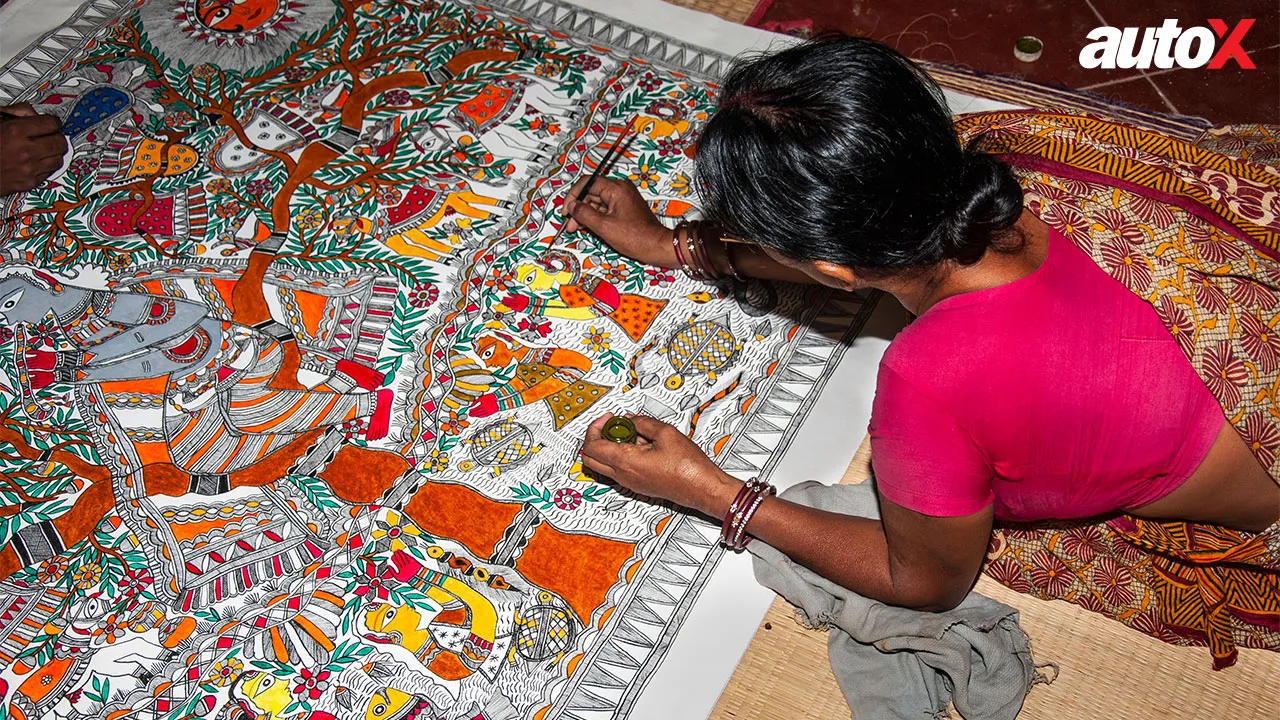
One of the most famous Madhubani painting artists that we met – Dulari Devi – was nationally recognized and awarded the Padma Shri in 2021. Belonging to the fisherman community – Mallahs as they are called – in Bihar, she started learning the art of Madhubani paitnings from another legendary painter – Mahasundari Devi – in whose house she used to do household chores. Now, a well-known global name, Dulaari Devi’s paintings are much in demand and sell at very valuable prices and led to her financial upliftment. The key about Madhubani paintings, as Dulaari Devi herself told us, is about the fine details, a particular attention to the nature around them – including humans, animals, fishery, flora and fauna and integrating the rural scenes of Bihar on to the canvas.
Finer Details
Like Hyundai’s cars, the beauty of Madhubani paintings lies in the fine attention to detail that are the hallmark of the artwork. Primary inspiration for Madhubani paintings stems from society and the various things that the artists see around them. Therefore, the common themes in the painting are religion, celebration, animal life, flora and fauna and related subjects. But such is the finery of the artwork that Madhubani paintings have become collectibles all over the world and are displayed in various museums in India and abroad.
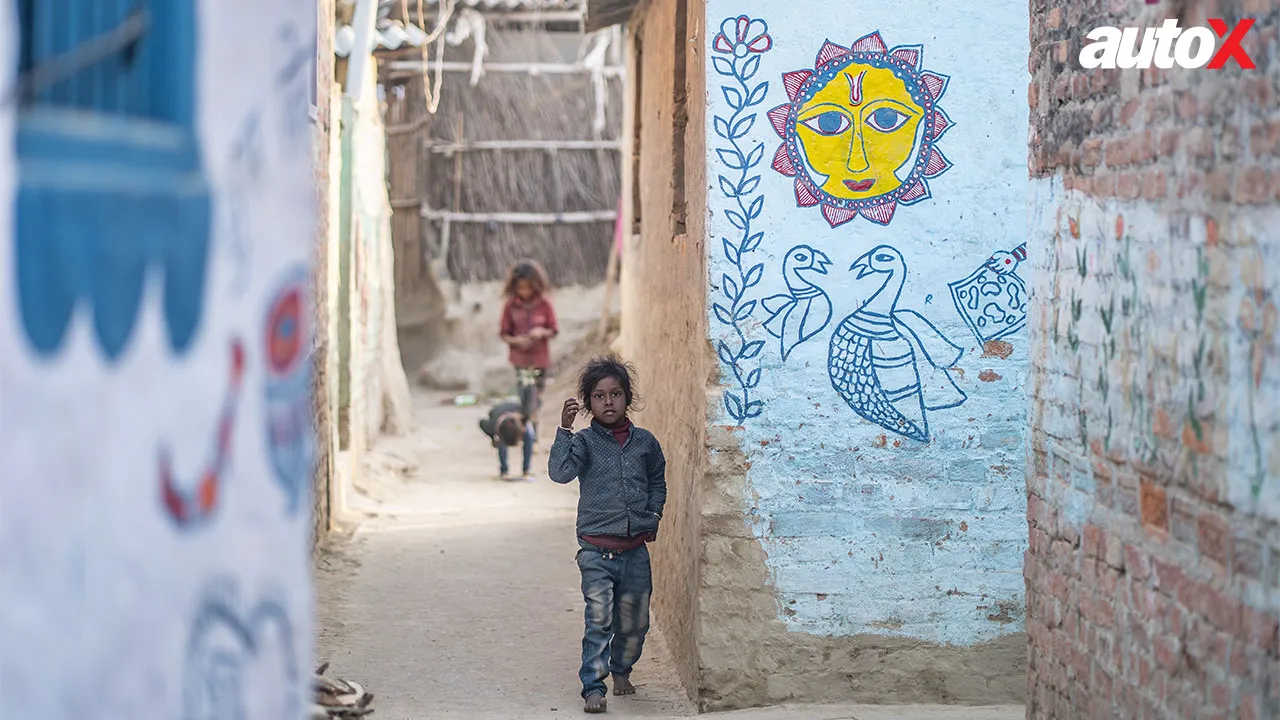
In fact, as described in detail by our friend Mr. Kailash Chandra Jha, till the 1960s, Madhubani craft was largely unknown and only visible in the region. Once it was exposed to the larger world, though, the artwork took off and has become a force to reckon in the art world. Today, a good Madhubani painting can easily run into lakhs of rupees, particularly depending on the artist of the said artwork. In fact, as various media outlets reported, even our finance minister wore a customized sari with Madhubani artwork done on it by Dulari Devi herself, when announcing this year’s budget in Parliament. While I’m not an artist, it was delightful to see the amount of detail and effort that it takes for the artists to create works of this amazing artform. And while I already have a couple of Madhubani artworks adorning my house – thanks to my Bihari friends – I took the opportunity offered by this year’s Great India Drive to add a few more to my collection. Hopefully, the Madhubani artform will continue to prosper and inspire more people to collect this beautiful and unique artform.
----
Madhubani paintings are known for their intricate designs and unique geometric patterns
Renowned artist Dulari Devi was nationally recognized and awarded the Padma Shri in 2021.
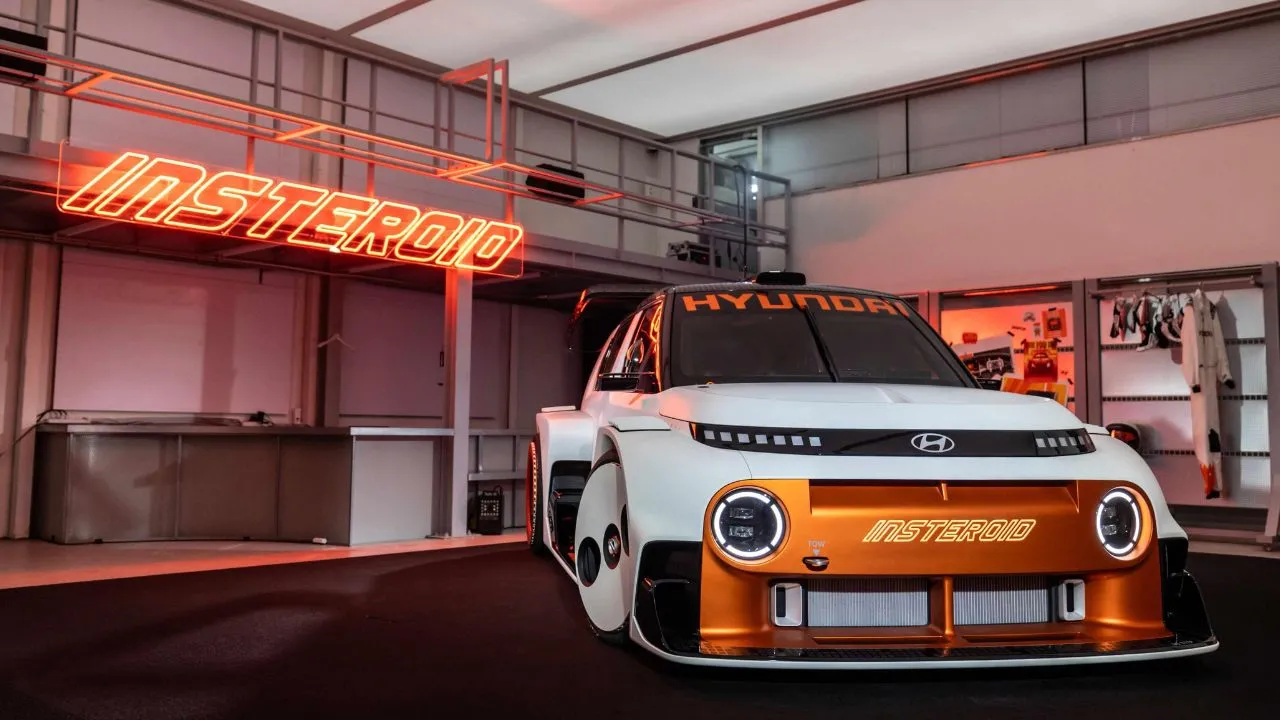
.webp)
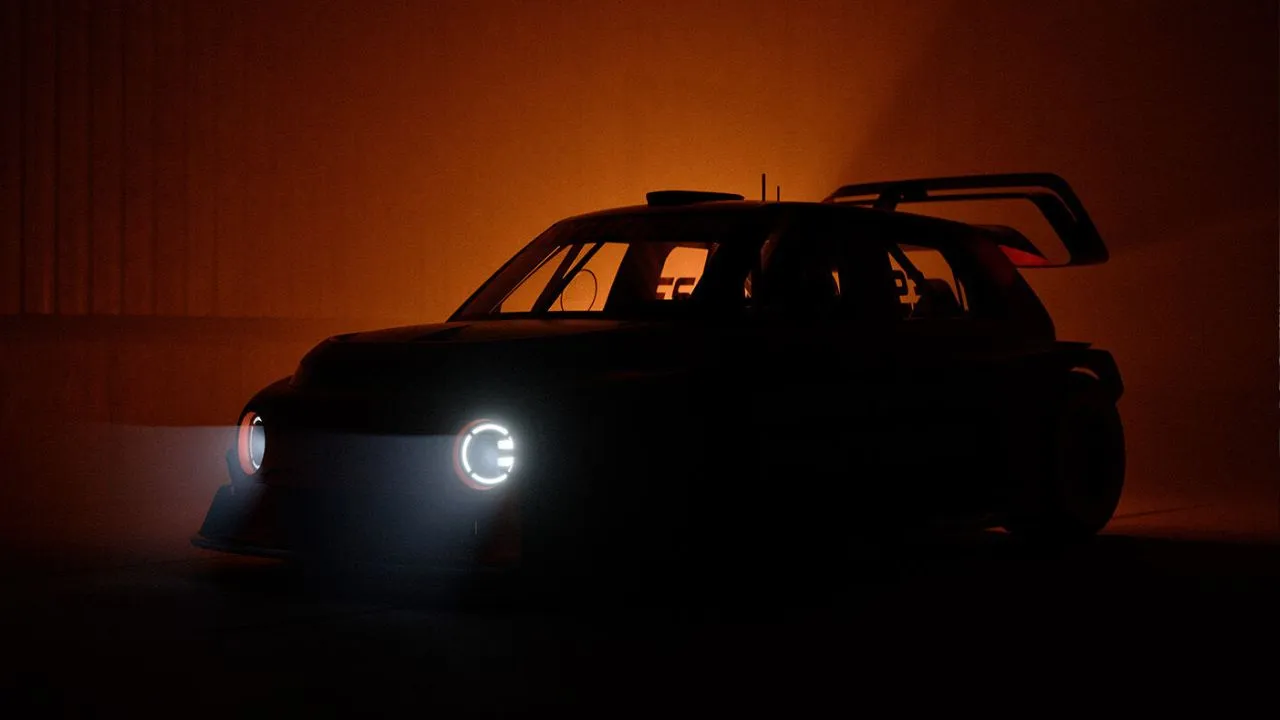

.webp)






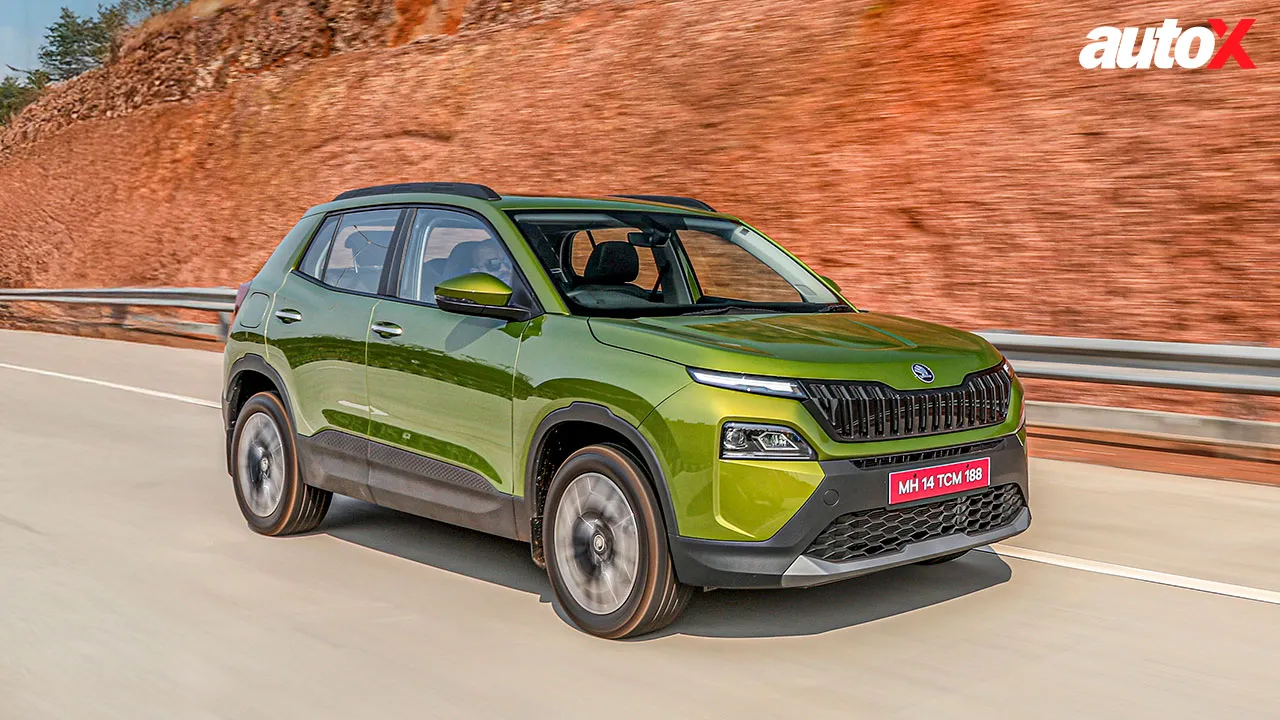
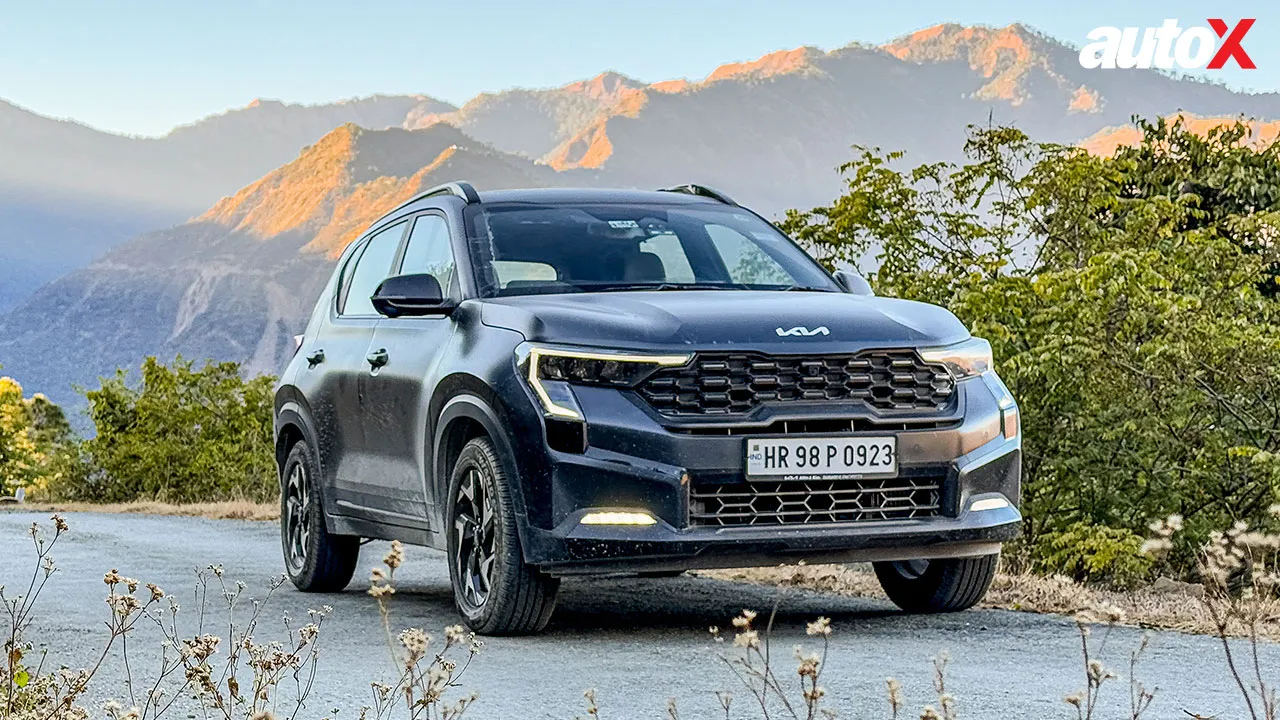
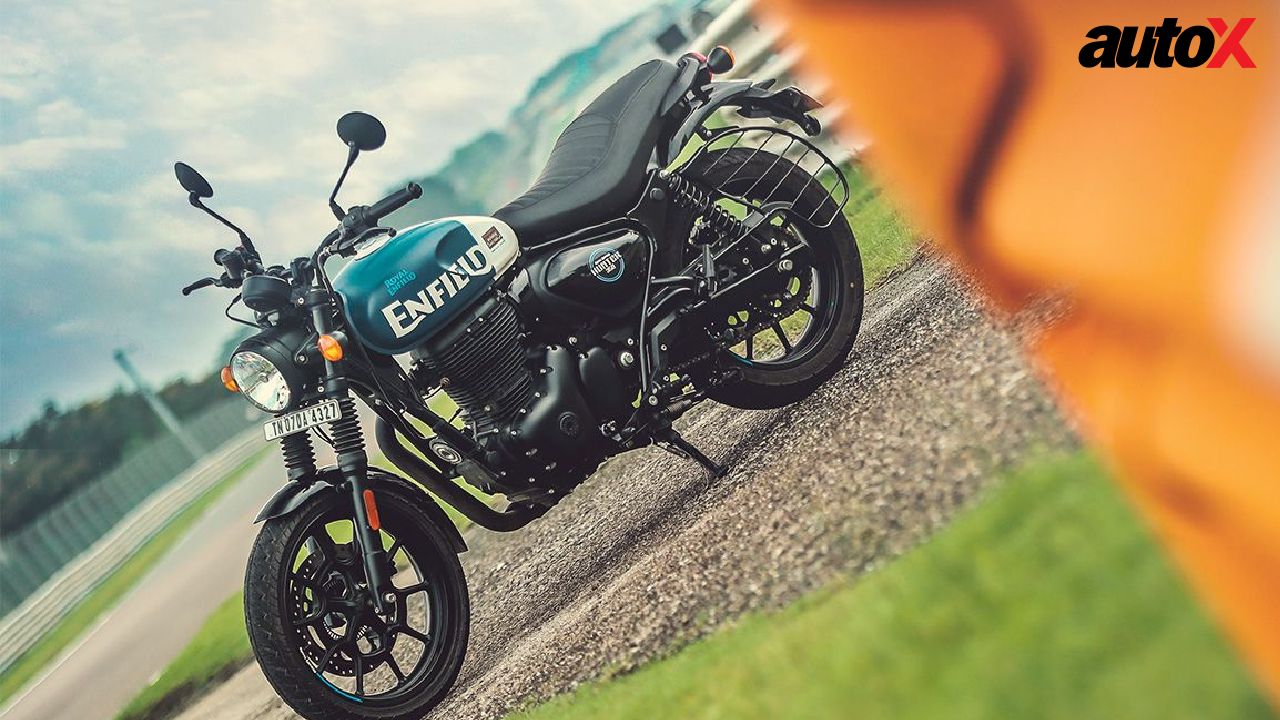






Write your Comment on